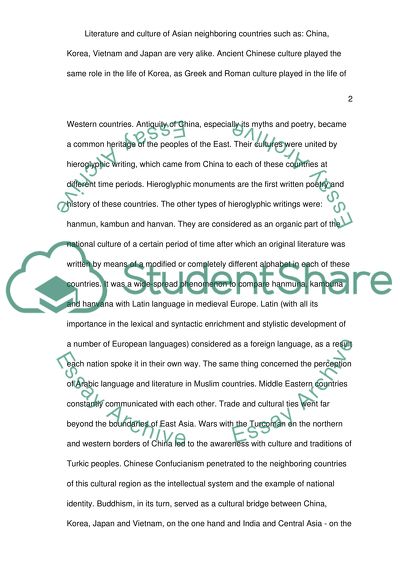Cite this document
(“Asian Literature Essay Example | Topics and Well Written Essays - 1250 words”, n.d.)
Asian Literature Essay Example | Topics and Well Written Essays - 1250 words. Retrieved from https://studentshare.org/literature/1652799-asian-literature
Asian Literature Essay Example | Topics and Well Written Essays - 1250 words. Retrieved from https://studentshare.org/literature/1652799-asian-literature
(Asian Literature Essay Example | Topics and Well Written Essays - 1250 Words)
Asian Literature Essay Example | Topics and Well Written Essays - 1250 Words. https://studentshare.org/literature/1652799-asian-literature.
Asian Literature Essay Example | Topics and Well Written Essays - 1250 Words. https://studentshare.org/literature/1652799-asian-literature.
“Asian Literature Essay Example | Topics and Well Written Essays - 1250 Words”, n.d. https://studentshare.org/literature/1652799-asian-literature.


